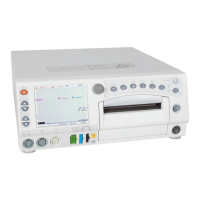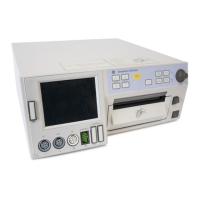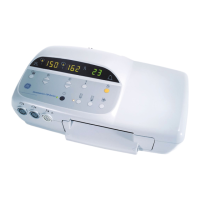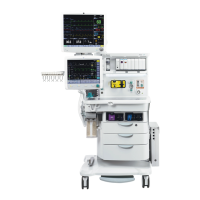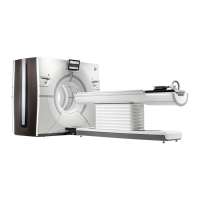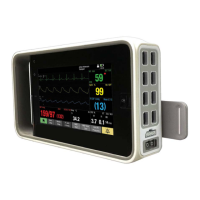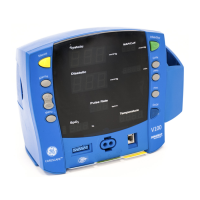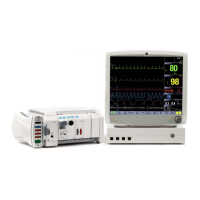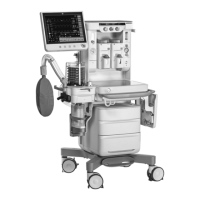Revision C 250cx Series Maternal/Fetal Monitor 1-5
2036946-001
Safety: Monitor Contraindications, Warnings, and Precautions
Monitor Contraindications, Warnings, and
Precautions
Warnings
WARNINGS
ACCIDENTAL SPILLS—In the event that fluids are accidentally
spilled onto the monitor, remove the monitor from operation and
inspect for damage.
APPLICATION—This monitor is not designed for direct cardiac
connection.
CONDUCTIVE CONNECTIONS—Avoid making any
conductive connections to applied parts (patient connection)
which are likely to degrade safety.
CONDUCTIVE PARTS—Ensure that the conductive parts of the
lead electrodes and associated connectors do not contact other
conductive parts including earth.
CONNECTIONS—The correct way to connect a patient to the
monitor is to plug the electrode leads into the patient cable which
in turn connects to the monitor. The monitor is connected to the
wall socket by the power cord. Do not plug the electrode leads
into the power cord, a wall socket, or an extension cord.
DEFIBRILLATION—During defibrillation, all personnel must avoid
contact with the patient and monitor to avoid a dangerous shock
hazard. In addition, proper placement of the paddles in relation to the
electrodes is required to minimize harm to the patient.
DEFIBRILLATION PROTECTION—When used with the GE
Medical Systems Information Technologies-recommended
accessories, the monitor is protected against the effects of
defibrillator discharge. If monitoring is disrupted by the
defibrillation, the monitor will recover.
ELECTRICAL SHOCK—To reduce the risk of electrical shock,
do not remove monitor cover. Refer servicing to qualified
personnel.
ELECTROMAGNETIC INTERFERENCE—Be aware that strong
electromagnetic fields may interfere with monitor operation.
Interference prevents the clear reception of signals by the monitor.
If the hospital is close to a strong transmitter such as TV, AM or FM
radio, police or fire stations, a HAM radio operator, an airport, or
cellular phone, their signals could be picked up as monitor signals.
If you feel interference is affecting the monitor, contact your
Service Representative to check the monitor in your environment.
Refer to
“Electromagnetic Interference”
on page 1-9 for additional
information.

